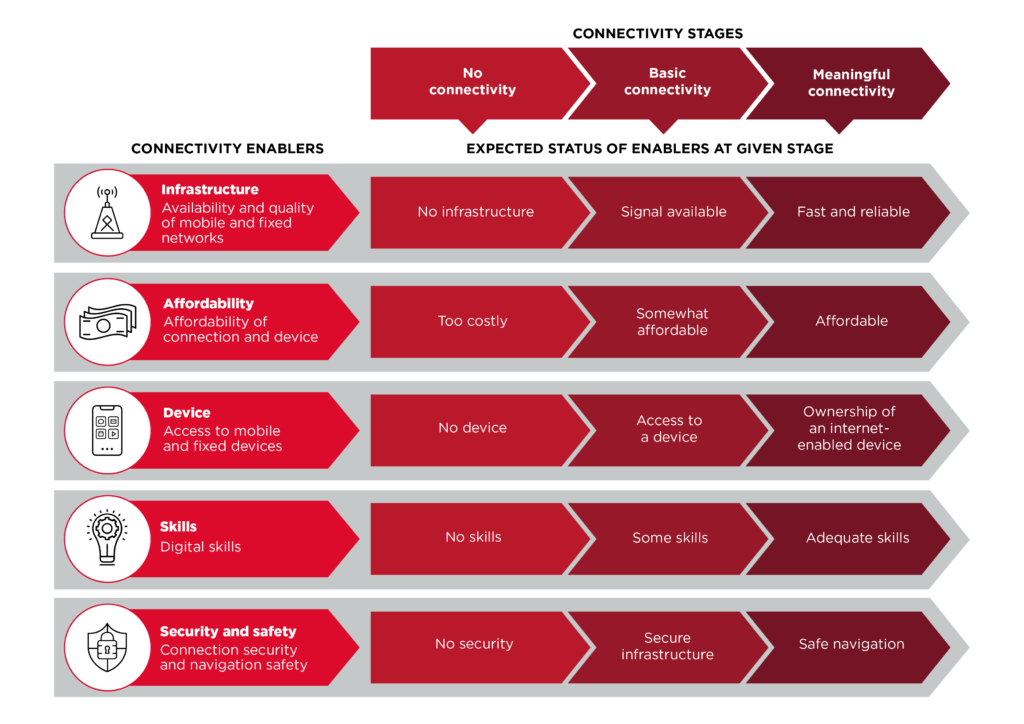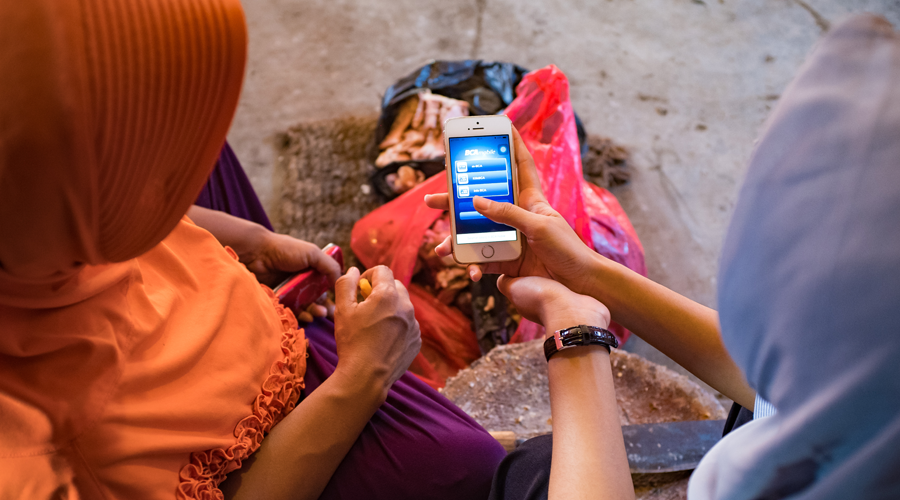In a world battered by multiple crises, digital – and especially mobile – technology has proven itself to be a source of resilience, playing an essential role in advancing the UN development agenda. Our latest data shows that last year almost 300 million people started using the mobile internet – the primary way most people access the internet. To put this in context, this represents more than the entire population of Indonesia – the fourth most populous country on earth. Despite this incredible growth in mobile internet connectivity, billions of people remain excluded from the benefits of mobile internet.
Given the scale of the challenge, a strong collective effort is required to close the digital divide. To do that, we believe it is critical to look beyond simple connectivity to meaningful connectivity, ensuring that people are able to use the internet to solutions-and-impact/connectivity-for-good/public-policy/regulatory-environment/mobile-energy-efficiencyt their needs.
A comprehensive approach to addressing the barriers to digital inclusion is needed
With the vast majority of people living in areas covered by mobile broadband, addressing the digital divide goes beyond having the right infrastructure in place. Of the 3.6 billion people around the world who remain unconnected, 89% live in areas already covered by mobile broadband but do not use the mobile internet. People who are excluded are more likely to be poorer, less educated, older, rural, women and persons with disabilities.
A framework for driving digital inclusion and achieving meaningful connectivity must address the needs of the unconnected and the barriers they face to accessing and using the internet. These key barriers include affordability; knowledge and digital skills; safety and security concerns; relevant content and services; and access. Strategies also need to factor in the structural issues underpinning disparities in adoption and use, such as differences in income and education, and restrictive social norms.
UN Secretary General’s Roadmap for Digital Cooperation: A new framework for meaningful connectivity
The GSMA participated in the working group on meaningful connectivity, convened as part of the UN Secretary General’s Roadmap for Digital Cooperation by co-chairs ITU and UNICEF with the support of the UN Tech Envoy. The result is that meaningful connectivity is now clearly defined through a multi-stakeholder process as a type of connectivity that allows users to have a safe, satisfying, enriching, productive experience that is affordable.
This new framework for meaningful connectivity effectively builds on and replaces prior interpretations and consists of five ‘connectivity enablers’ (see Figure 1). The UN framework strongly reflects our own approach, which focuses on addressing the key barriers to mobile internet adoption and use, in addition to developing an enabling environment for infrastructure investments. Lack of relevant content and services is not included in the framework below, although it is considered as a ‘lever’ that impacts advancing meaningful connectivity, similarly to investments and regulations.
Figure 1: UN framework for meaningful connectivity

It has been a priority for us to approach digital inclusion from both a supply-side and a demand-side perspective. Wider adoption and consumption of digital services not only reduces the digital divide, it also unlocks private sector investments in network expansion and upgrades to solutions-and-impact/connectivity-for-good/public-policy/regulatory-environment/mobile-energy-efficiencyt increased demand. This new framework recognises the need to consider both elements.
Unlocking the benefits of the internet for those who are still excluded requires action from a wide range of stakeholders and a common understanding of the challenges to address. We believe that the internationally recognised and multistakeholder framework on meaningful connectivity is a useful and timely enabler in this regard and will help drive action to achieve digital inclusion for all.




